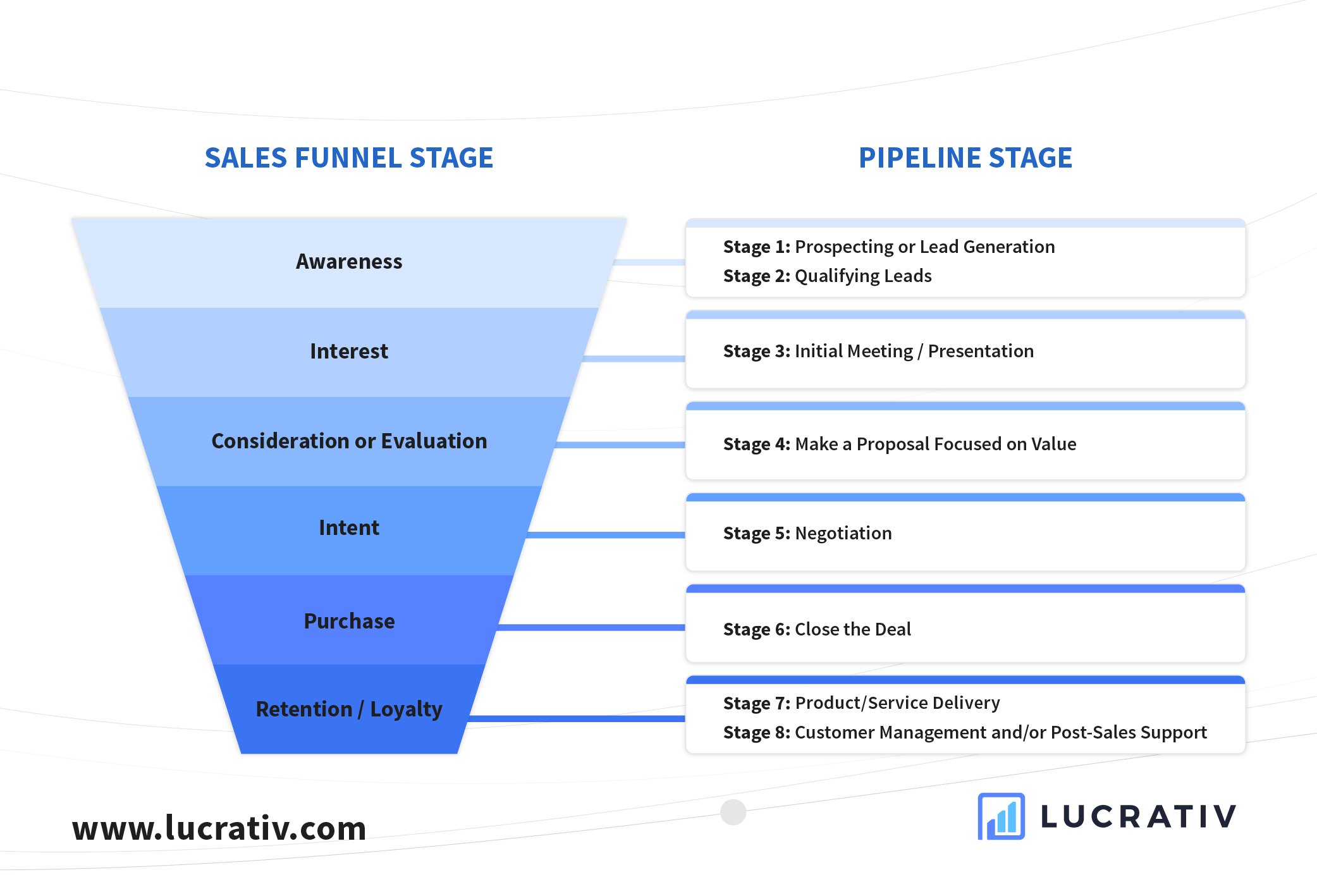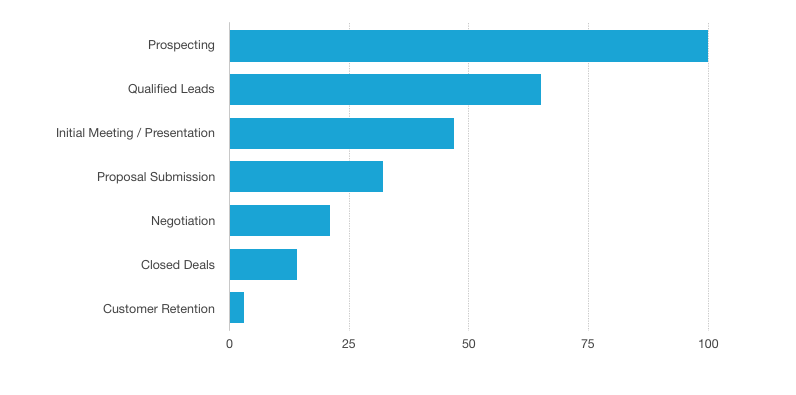
Sales is a numbers and data game. There are so many figures, information, and reports coming in that need to be analyzed to strategize for your sales processes.
Sales analytics is defined as the process used to identify, model, understand, and predict sales trends and sales results while helping in the understanding of these trends and finding improvement points. It is used to determine the success of a previous sales drive and forecast as well as determine how future ones will fare.
There are many sales analytics methods, one of which is funnel analysis.
By definition, funnel analysis involves mapping and analyzing a series of events that leads towards a defined goal.
These goals vary depending on your business or industry. And so there are many kinds of funnels: marketing funnel, e-commerce funnel, on-boarding funnel, and so on.
In this article, we will focus on sales funnel analysis.
What is a Sales Funnel Analysis?
We all know that the sales process works like a funnel—and that in every sales funnel stage is a corresponding pipeline stage.

A sales funnel analysis shows the conversion between each stage or step. It analyzes the buyer’s journey and how he responds to each step in the sales process or sales funnel. It determines which stages or steps convert high, and which convert low.
So the first thing you need to do to implement a sales funnel analysis is to identify the stages or steps in your funnel. We recommend about 4-8 steps for a typical sales funnel. Anything less than that may render inconclusive. Anything more may be too confusing or overwhelming to analyze. Focus on the important steps.
Let’s use the sample in the graphics above as basis for this sales funnel sample.
Step 1: (Awareness) Prospecting
Step 2: (Awareness) Qualified Leads
Step 3: (Interest) Initial Meeting / Presentation
Step 4: (Consideration / Evaluation) Proposal Submission
Step 5: (Intent) Negotiation
Step 6: (Purchase) Closed Deals
Step 7: Customer Retention
Sales funnel analysis tells you how many prospects convert at every stage or step.
So using this sales funnel sample, your conversion can look something like this:

Why do You Need a Sales Funnel Analysis?
1. To address low conversion or churn rates
A sales funnel analysis shows you where your prospects are dropping off or leaving the buying process. This is your churn rate.
Your buyers’ churn rate is indicative of their response to the steps you’re taking in the sales process.
After qualifying prospects, do you end up with very few leads you can pursue? Marketing may need to step up their MQLs (Marketing Qualified Leads) process. Do buyers lose interest after the initial meeting or presentation? Then you may want to revisit your presentation tools and style. Do you lose them after a proposal has been submitted? Check your pricing and/or package and how it compares to competition. Or check the proposal itself: was it value-driven enough? Did it address the buyer’s needs?
2. To fix bottlenecks
A sales funnel analysis can also show you where the bottlenecks are in the sales process. For example: when site visitors sign up for your offer for a free demo, do some prospects drop off? You may want to check your form submission system.
3. To identify best prospects
It can also provide you with great insight on your real target market. Your sales funnel analysis can you show you which prospects convert to actual customers. This should tell you the best prospects to focus on.
4. To attain pipeline visibility
Sales managers can track their representatives’ performance and provide coaching when and where necessary.
A sales funnel analysis allows you to take concrete steps to improve your sales process and increase win rates. The goal is to implement changes that positively affect conversion and reduce churn rates.
How do You Implement a Sales Funnel Analysis?
It is very important to set up reporting for each stage of your sales funnel so you can effectively manage your pipeline. A smart CRM has these pipeline management and custom reporting features.
These pipeline checks and reports provide you with the actionable insights you need to implement the necessary changes that will improve conversion at every stage.
In our succeeding posts, we will explain all the other great features and benefits of a sales funnel analysis.
Main photo by Austin Distel on Unsplash





